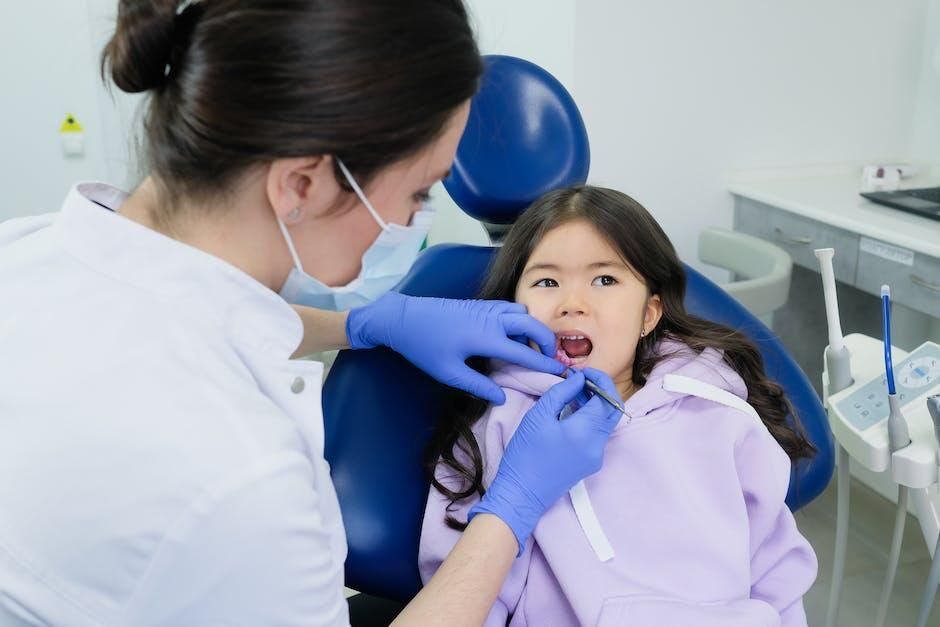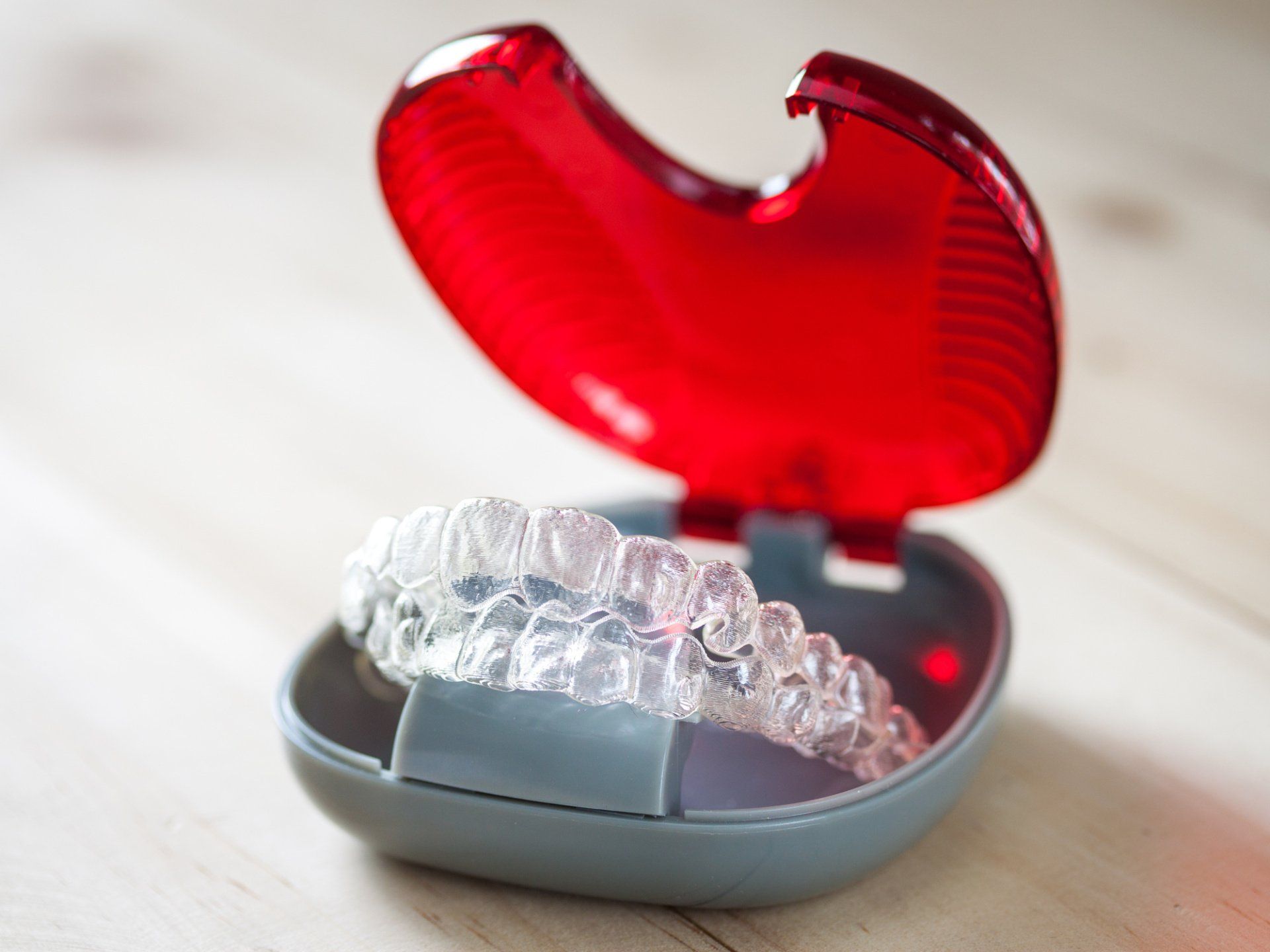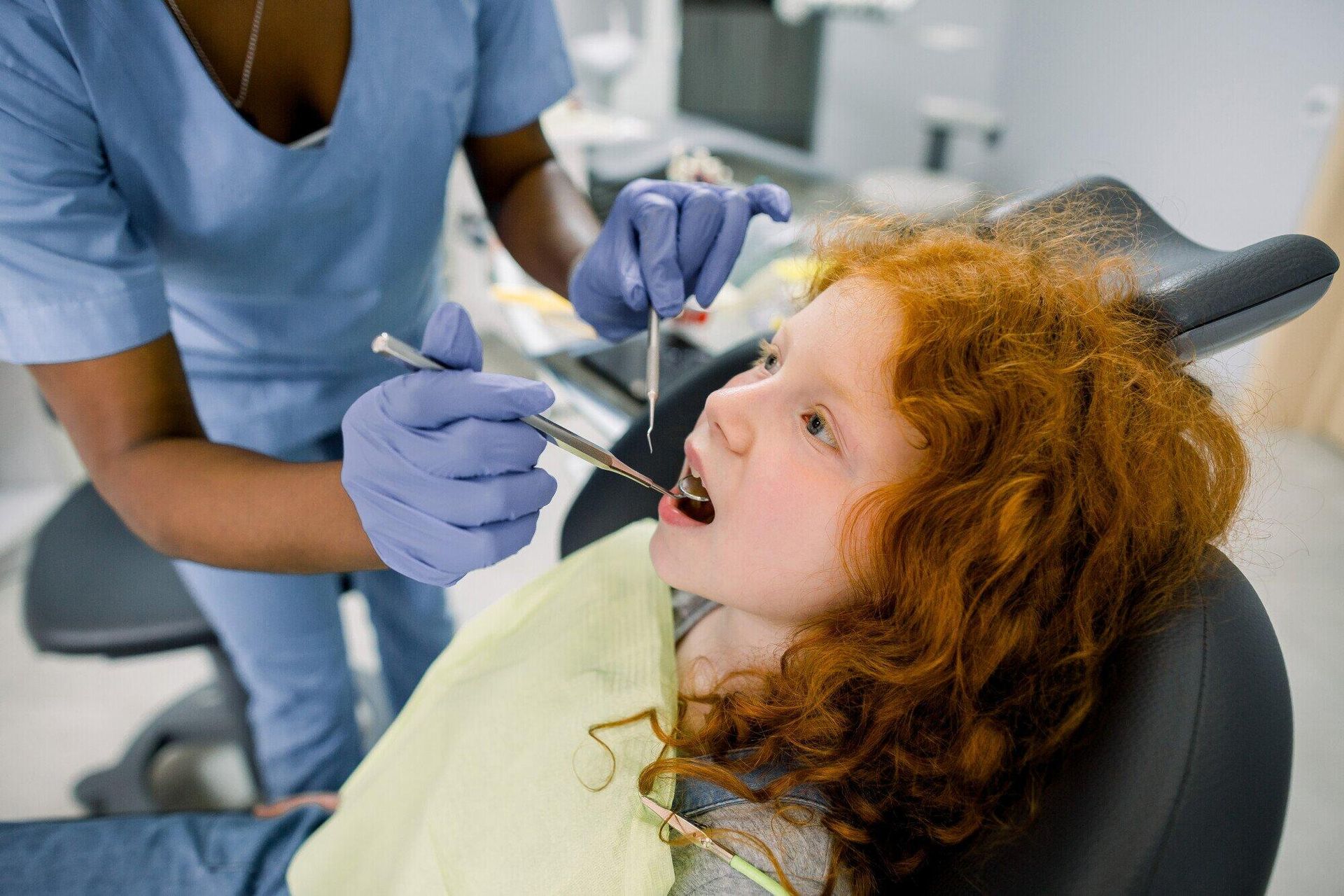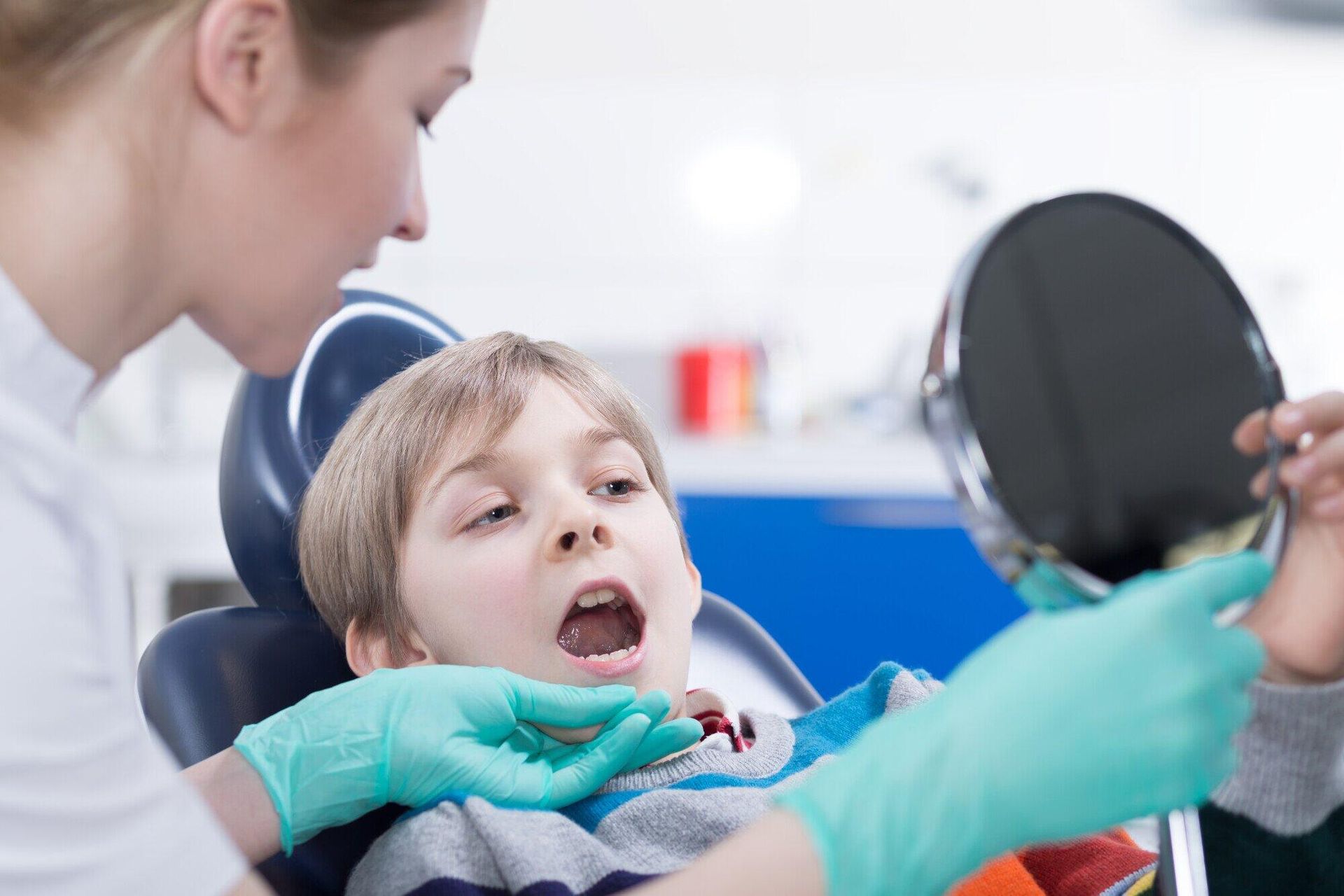How Does Invisalign Work? A Complete Guide
Would you like straighter teeth? Are you wondering, "How does Invisalign work?" Read our complete guide for everything you need to know on the subject.
According to a recent survey, 70% of Americans feel self-conscious about their smile. In fact, 57% of us feel so insecure about our teeth that we cover our mouths when we laugh.
Can you relate? Do you often hide your teeth behind closed lips because you dislike the way your smile looks? Would you like to get a straighter smile without going through the process of traditional metal braces?
If so, it might be time to speak with an Invisalign doctor about your options.
What exactly is Invisalign? How does Invisalign work? Most importantly, is it the right choice for you? We'll discuss these important questions below, so keep reading for your helpful Invisalign guide.
What Is Invisalign?
You've probably heard about Invisalign when the subject turns to cosmetic dentistry, but what is it exactly?
As the name suggests, it's a procedure that "invisibly aligns" your teeth. The process uses clear plastic trays that fit comfortably over your teeth and are almost invisible to others. Unlike traditional metal braces, you can easily remove the aligners when you eat, drink, or brush your teeth.
Invisalign has become the go-to choice for straightening teeth because it's more comfortable and more discreet than metal braces. In many cases, the treatment can also be completed over a shorter period of time.
How Does Invisalign Work?
During your consultation with an Invisalign doctor, they'll evaluate your smile and create a customized treatment plan. You'll be able to see a digital "preview" of how your smile will evolve over the coming months.
After you approve the treatment plan, the dentist will take a mold of your teeth and use this to create custom aligners. These are made from a patented, FDA-approved plastic material called SmartTrack. You can rest easy knowing your aligners contain no latex, BPA, BPS, or gluten.
Once your aligners arrive, your dentist will ensure they fit comfortably and snugly over your teeth. It's normal to feel a bit of pressure while you wear your aligners, but this is a good thing — it means they're working!
For proper results, you'll need to wear your aligners for 20-22 hours each day. It's okay to remove them when you eat, drink, floss, or brush your teeth. It's also okay to have them out for short periods of time for other occasions, such as attending a special event or playing contact sports.
Overall, though, the more often you wear your aligners, the better and faster your results will be. You'll change to a new set of aligners every week or two to help your teeth gradually shift into place. You'll also visit your dentist every four to six weeks so they can check your progress.
Treatment times vary depending on your case. If you have only mild cosmetic flaws to correct, you could complete your Invisalign treatment in as little as 9-12 months. More complex cases could require 18 months or longer to fully fix.
Is Invisalign the Right Choice for Me?
For the majority of patients, the answer is yes. Invisalign offers many advantages over metal braces and the cost is about the same for either treatment.
Of course, like all dental procedures, there are some situations where Invisalign may not be the best option. This includes:
- Severe overbites
- Large gaps between teeth
- Teeth that are pegged or too short
- Teeth that are severely rotated
Patients with significant prior dental work, such as bridges, also may not qualify for Invisalign. Your dentist will evaluate your smile as well as your medical history and advise you whether Invisalign is the right choice for you.
Any Other Invisalign Tips I Should Know?
The most important piece of Invisalign advice is the need to wear them consistently. You can't take them out during the day and wear them overnight and expect dramatic results — it just doesn't work that way.
Caring for your aligners is much easier than dealing with metal braces. You can use the Invisalign Cleaning System (available from your dentist) or simply brush them with a soft toothbrush. Be sure to clean them at least twice a day to remove bacteria and other buildup that forms inside your mouth.
To avoid staining your aligners, you'll want to brush your teeth after each meal and before you start wearing the aligners again. You should also avoid smoking, snacking, or chewing gum while you're wearing your aligners.
Some patients notice subtle changes to their speech when they first start using Invisalign. This is normal because — although the aligners are very thin — they still take up space inside your mouth. Within a few days, as your mouth and tongue adjust to the treatment, you should be able to speak normally again.
As mentioned earlier, it's normal to feel a bit of pressure or mild discomfort, especially when you first start using Invisalign. However, this should never cross over into painful or severe discomfort. Be sure to call your dentist if you experience continued discomfort after your treatment begins.
Where Can I Find an Invisalign Clinic Near Me?
So, now that you know the answer to "How does Invisalign work?", what do you think? Could it be the right choice for your smile?
No doubt you still have some questions about the process. You'll find the answers you need at our combined practice of Dentistry 4 Children and Bay Area Specialists. Our family-friendly dental clinic is conveniently located in Friendswood, TX, to serve patients from Houston, Galveston, and all points in between.
Our goal is to give patients of all ages the healthy, bright, and beautiful smiles they deserve. Whether you need more Invisalign advice or information about other dental procedures, we're here to help.
Give us a call at (281) 336-8915 or use our online contact form to get in touch. We look forward to hearing from you soon!















